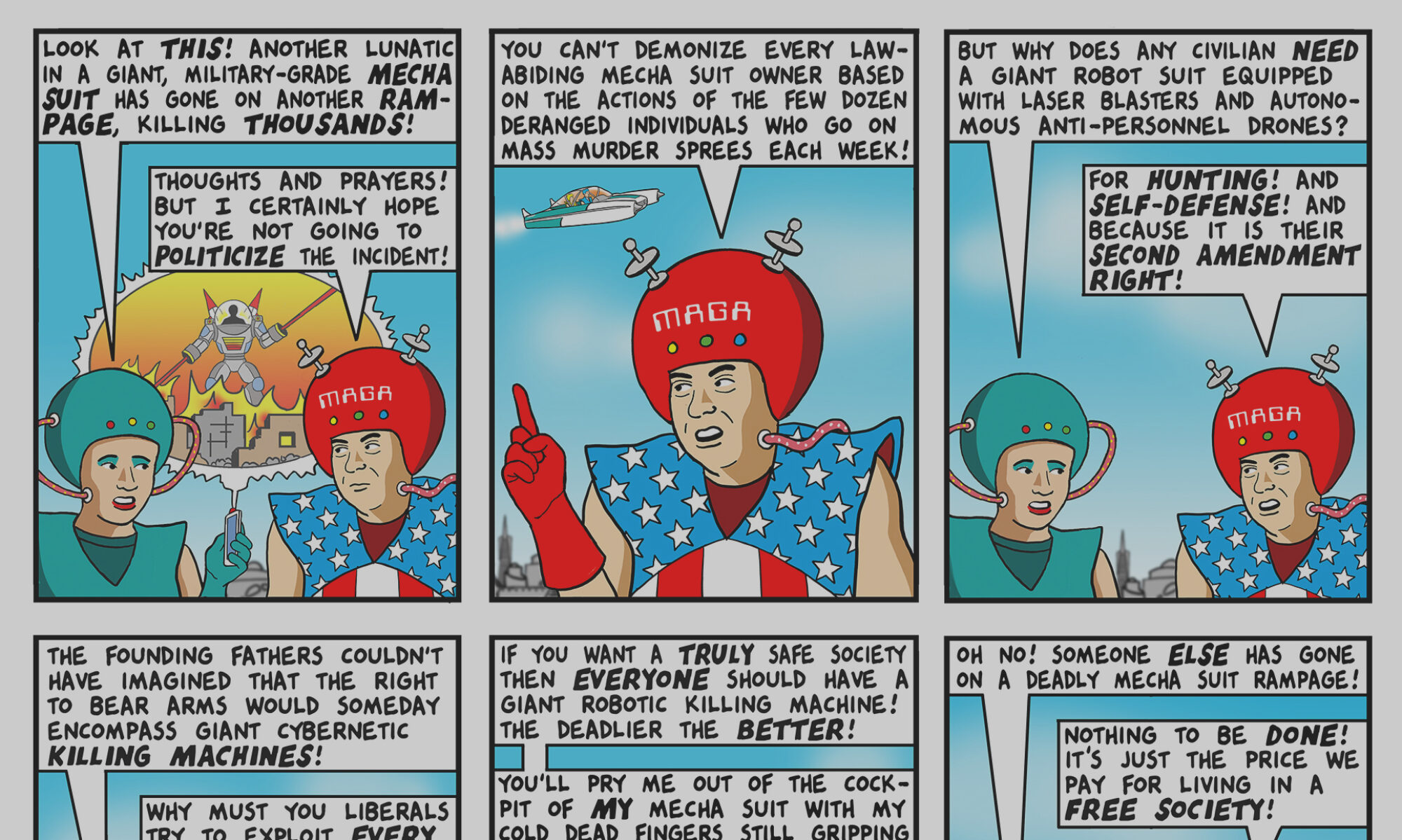Robert Parry’s Consortium News is holding a fundraiser. I just sent them some money, and I strongly encourage you to do the same. You can donate by credit card, by paypal at consortnew@aol.com, or by check to Consortium for Independent Journalism, 2200 Wilson Blvd., Suite 102-231, Arlington VA 22201.
There simply is no other journalist in the U.S. like Robert Parry. For instance, did you know Alvin A. Snyder, director of the U.S. Information Agency’s television and film division in the early eighties, wrote a book in 1995 called Warriors of Disinformation? And that in the book he takes you in detail through exactly how the Reagan administration lied at the UN Security Council in 1983 about the Soviet shootdown of KAL-007? And that this former government official then straightforwardly explained that “all governments lie”?
I had no idea at all. And to date, no one else anywhere has noticed it except for Parry. And not only did Parry notice it, he remembered it and brought it up again immediately after Colin Powell’s presentation to the UN (where I missed it for a second time).
Here’s some of Alvin Snyder wrote:
By my calculations, the National Security Agency, with the apparent approval of the State Department and White House, had deleted at least five critical minutes of conversation between the Russian fighter pilots and their ground controllers from the tape that we presented as evidence in the UN Security Council…We had been duped…Former U.S. officials involved in the cover-up, who insist on anonymity, confirm that monitoring data was withheld from our UN tape…
The moral of the story is that all governments, including our own, lie when it suits their purposes. The key is to lie first…The story of KE-007 will be remembered pretty much the way we told it in 1983, not the way it really happened.

BONUS!: Here’s what Reagan said immediately after the massacre;
…the world notes the stark contrast that exists between Soviet words and deeds…What could be said about Soviet credibility when they so flagrantly lie about such a heinous act? What can be the scope of legitimate and mutual discourse with a state whose values permit such atrocities? And what are we to make of a regime which establishes one set of standards for itself and another for the rest of humankind?
We’ve joined in the call for an urgent United Nations Security Council meeting today. The brutality of this act should not be compounded through silence or the cynical distortion of the evidence now at hand.

